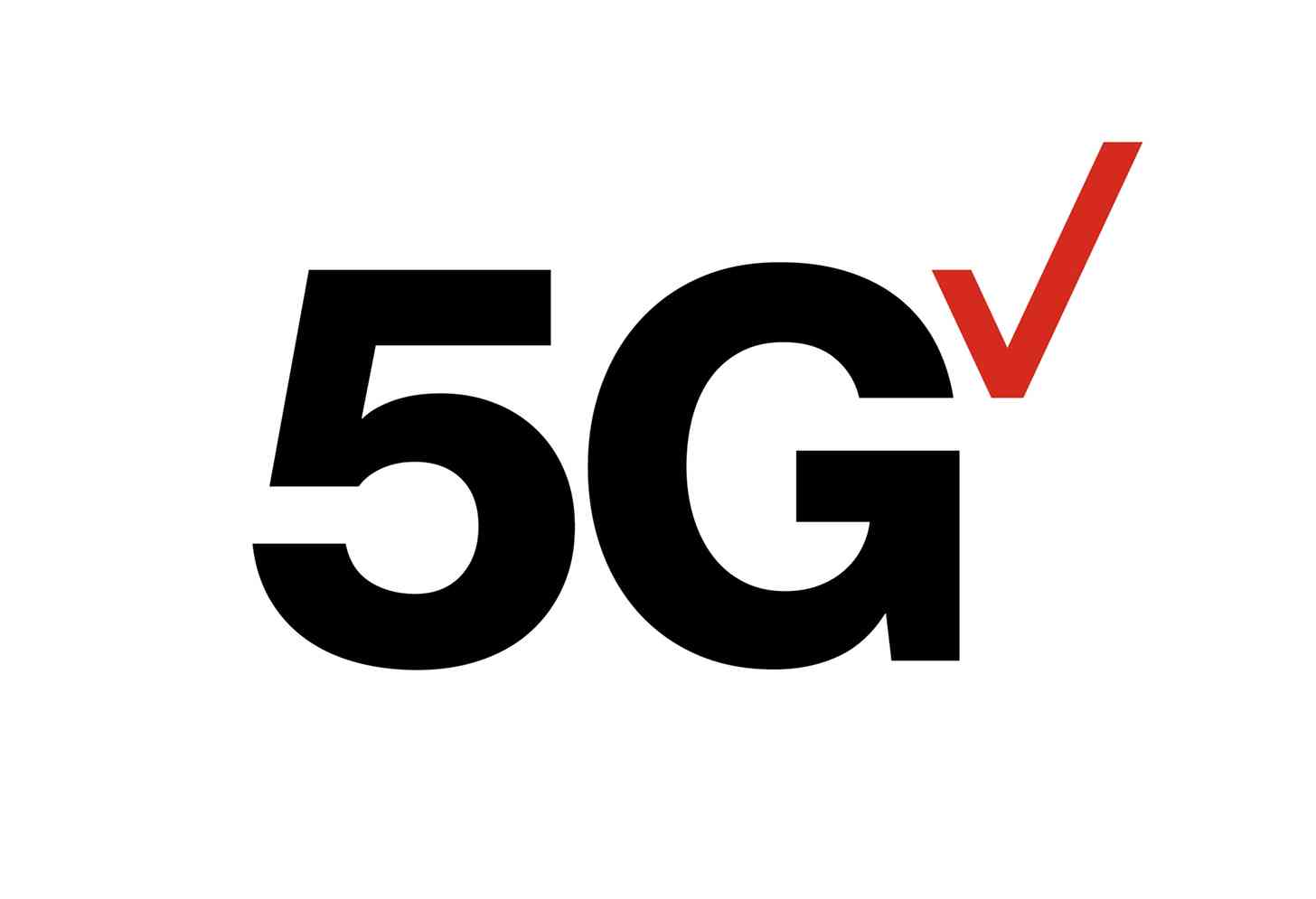
Today Verizon announced two major expansions to its 5G coverage: the addition of more 5G Ultra Wideband cities plus the launch of its nationwide 5G network.
There are now 55 cities with access to Verizon 5G Ultra Wideband coverage, and Verizon plans to expand that number beyond 60 by the end of 2020. Here are the latest cities to get Verizon's 5G Ultra Wideband:
Verizon 5G Ultra Wideband uses millimeter wave (mmWav) spectrum that can produce super-fast speeds but doesn't cover long distances. Because of that, this Verizon 5G Ultra Wideband coverage is available in parts of the cities listed above. You can check city-specific coverage here.
Customers who can access that 5G Ultra Wideband coverage could begin seeing faster speeds starting today, because Verizon is rolling out carrier aggregation tech that combines multiple spectrum channels to offer speeds up to 4Gbps. Carrier aggregation can help boost upload speeds, too.
Meanwhile, Verizon is also launching its 5G Nationwide network today. Available to more than 200 million people in over 1,800 cities across the US, this coverage uses low-band spectrum to reach longer distances that Verizon's high-band 5G Ultra Wideband network.
Verizon is able to deploy this 5G Nationwide network because it's using Dynamic Spectrum Sharing (DSS) technology. This allows Verizon to run its 5G service alongside 4G LTE on the same spectrum band. The low-band spectrum that Verizon is using for its 5G Nationwide network typically isn't much faster than 4G LTE, but it can cover much greater distances than mmWave.